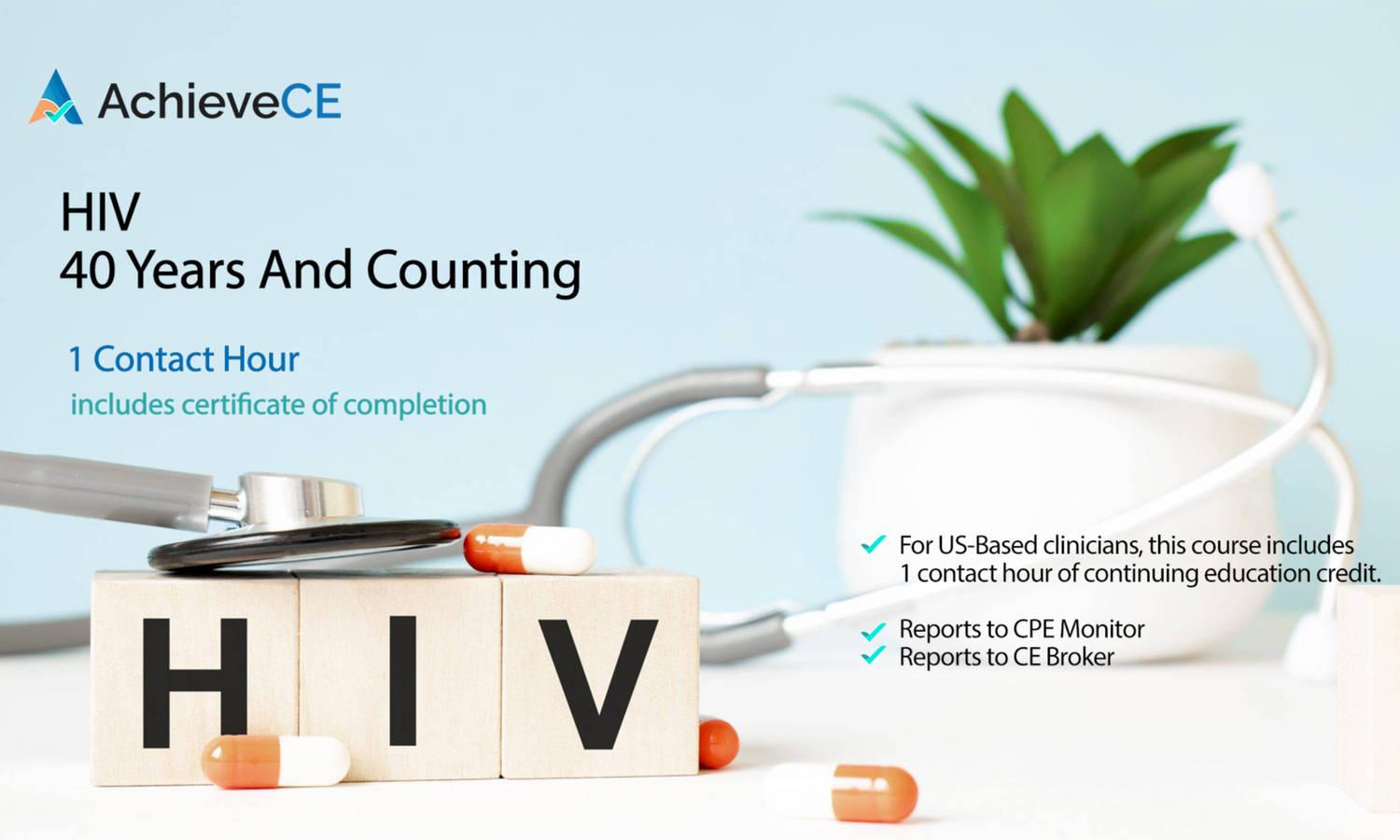
HIV Emerging Trends in Prevention & Treatment
English
Recorded Courses
hosted by University of Texas at Austin College of Pharmacy
hosted by University of Texas at Austin College of Pharmacy
attend it anywhere online
category
Nursing, Pharmacy, Medicine
Infectious Disease, Infectious Disease, Genetics
price
$10
HIV Emerging Trends in Prevention & Treatment is organized by University of Texas at Austin College of Pharmacy.,Release Date: May 22, 2020,Credit Expiration Date: May 22, 2023,Description:,Four decades after the first case of acquired immunodeficiency syndrome (AIDS) was reported, 38 million people are living with HIV worldwide. Over the last two decades, significant progress has been made in battling the disease. Since peaking in 1997, the number of new cases has decreased by 40% worldwide and since 2004, AIDS-related deaths have declined more than 56%.In the US, just over 1 million people are living with HIV and new infections declined by 11% between 2010 and 2017.,The number of people living with HIV has increased since the late 1990s due to the availability of potent and better tolerated antiretrovirals (ARVs) that prolong life. People in the 50 to 54-year-old age group account for the largest percentage of those living with HIV in the US. Individuals with HIV now have a similar life expectancy as the general population. However, complete viral suppression with antiretroviral therapy (ART) does not fully restore health. Deaths due to non-AIDS related complications range from 18.5% in sub-Saharan countries to 53% in high-income countries. These include cardiovascular, kidney, and liver diseases, as well as various types of cancer and neurologic disorders often linked with aging. Metabolic complications including dyslipidemia and type 2 diabetes can also occur.“Premature aging” of people with HIV is believed to result from persistent viral inflammation rather than toxicity from ARV therapy.,This issue reviews recommended ARVs and focuses on the initial management of HIV in treatment-naïve adults, according to guidelines provided by the Department of Health and Human Services (DHHS). In addition, recommendations for ART in pregnancy are summarized and an update is included on the use of ARVs for PrEP and post-exposure prophylaxis (PEP), according to guidelines provided by the CDC.,Objectives:,• Distinguish between HIV pre-exposure prophylaxis and post-exposure prophylaxis.,• Compare and contrast the contemporary integrase strand transfer inhibitors, nucleoside/nucleotide reverse transcriptase inhibitors, non-nucleoside reverse transcriptase inhibitors, and protease inhibitors.,• Given a patient profile, design an appropriate treatment regimen for HIV in treatment-naïve adults according to the most recent guidelines of the Department of Health and Human Services.,• Counsel patients on the appropriate use of currently recommended antiretrovirals, monitoring parameters, and the importance of adherence to therapy.









